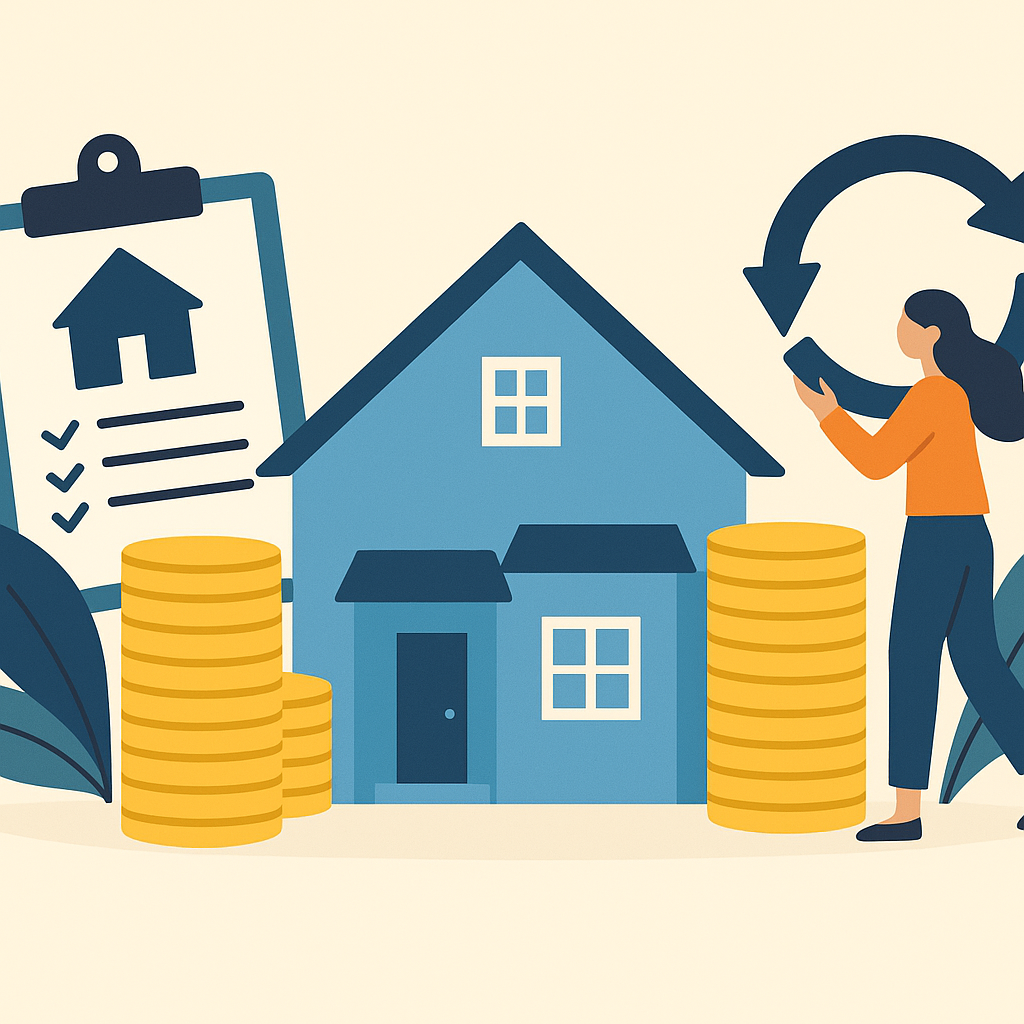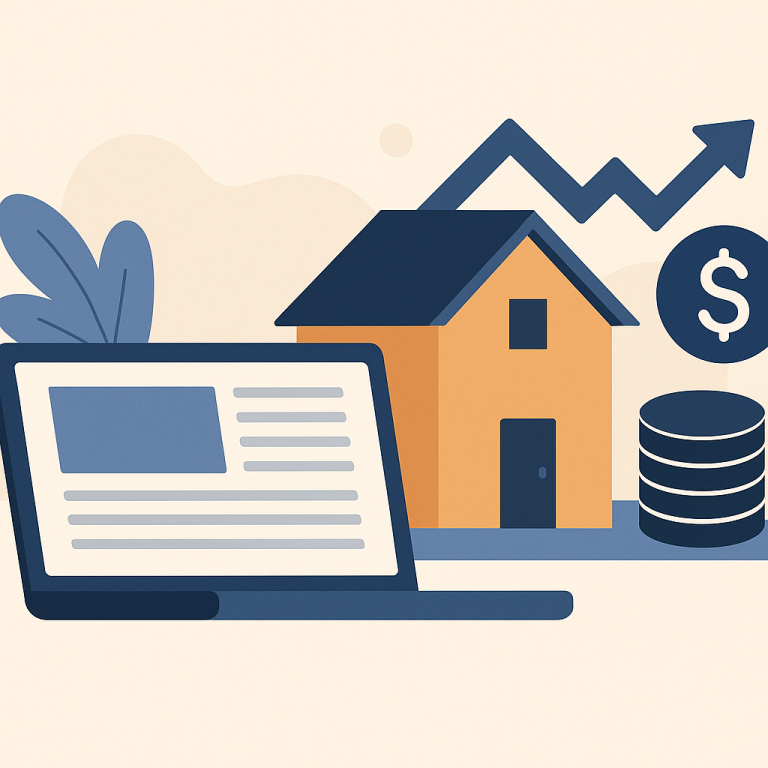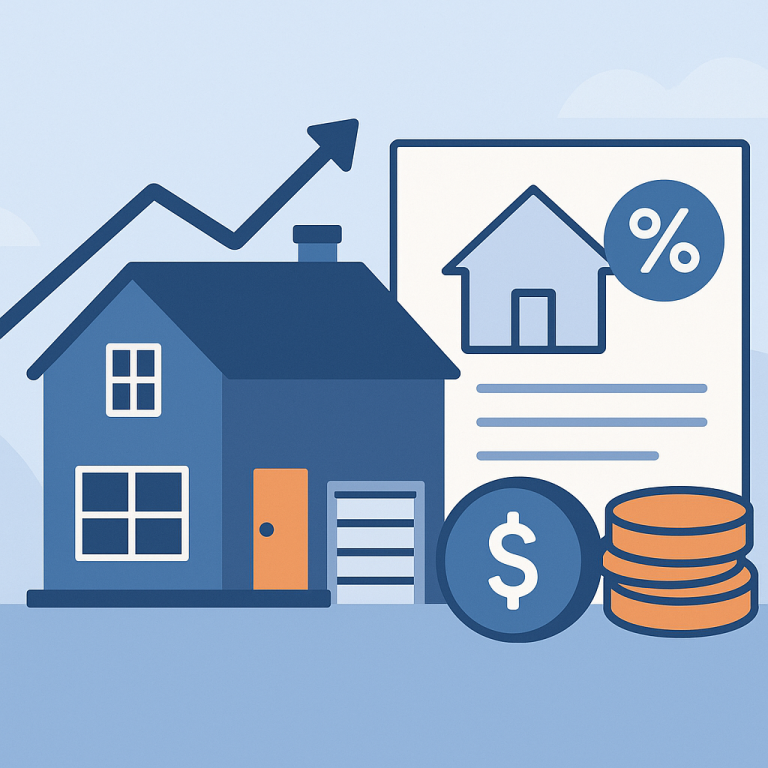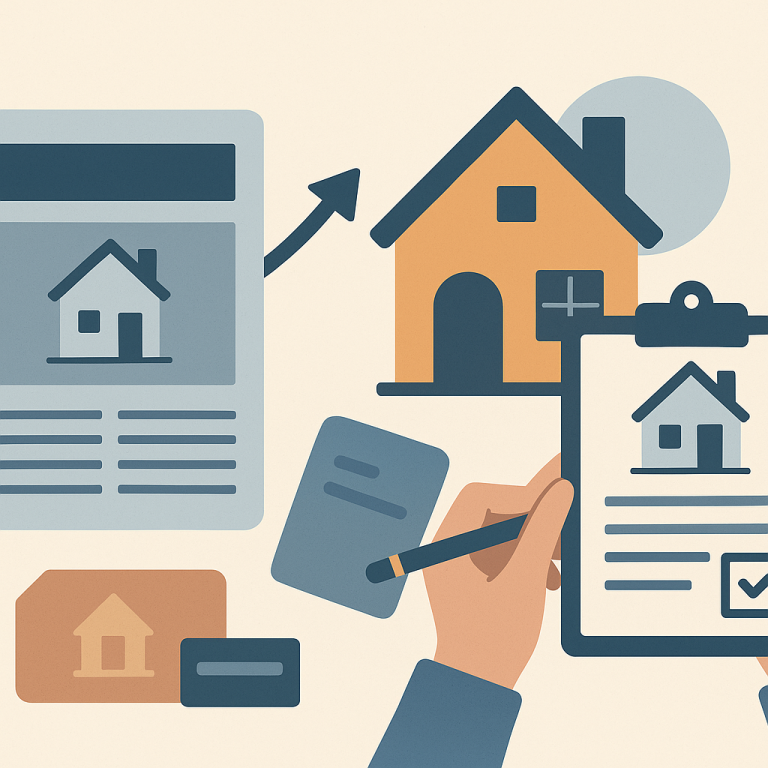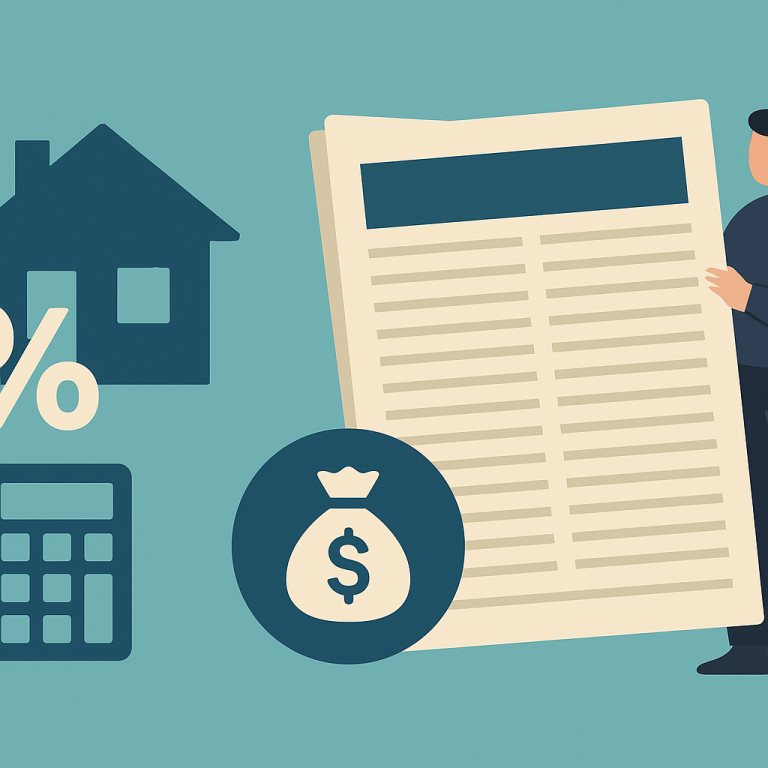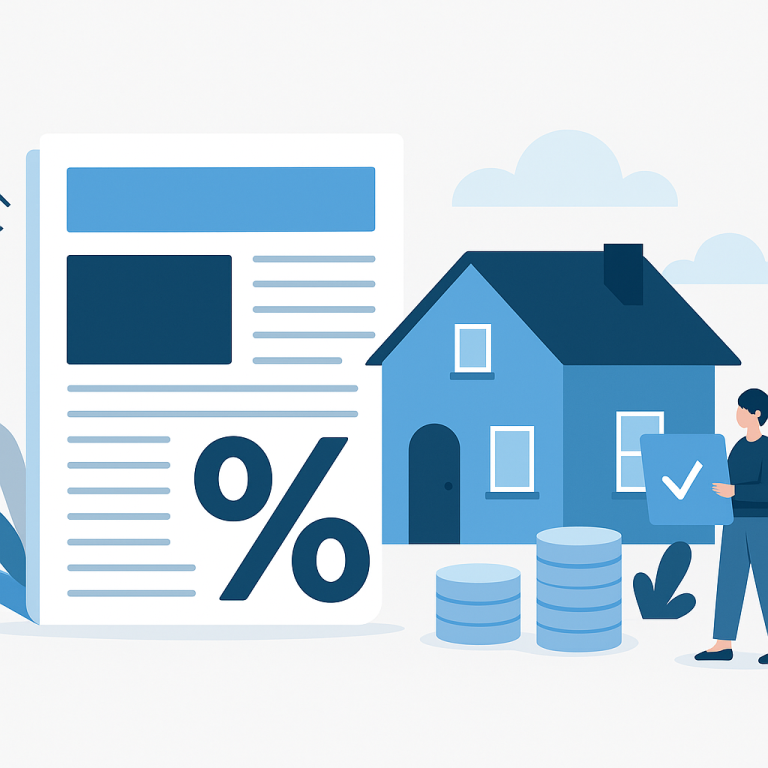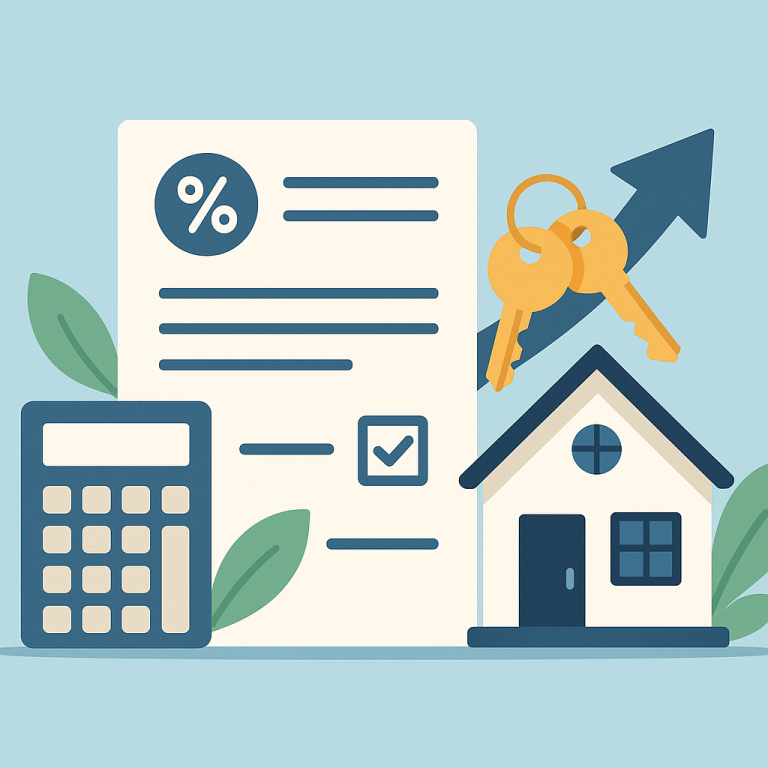Refinance guide refinance closing costs breakdown and how to lower them
Refinance Closing Costs Breakdown and How to Lower Them
Refinancing your mortgage can lower monthly payments, shorten your term, or let you tap home equity — but every refinance comes with closing costs. Understanding what those fees are, when refinancing makes sense, and how to reduce out-of-pocket costs will help you decide whether a refinance is worth it and how to get the best deal.
What refinance closing costs are and when refinancing makes sense
Closing costs are the fees and charges you pay to complete a mortgage refinance. They typically range from 2% to 6% of the loan amount and cover services such as appraisal, title work, lender processing, and prepaid items like interest and escrow reserves.
Refinancing makes sense when the financial benefits exceed the costs within a reasonable timeframe. Common reasons to refinance include:
- Lowering the interest rate to reduce monthly payments
- Shortening the loan term (e.g., 30-year to 15-year) to save interest
- Switching from an adjustable-rate mortgage (ARM) to a fixed rate
- Consolidating debt or cashing out equity for home improvements
Calculate the break-even period (closing costs divided by monthly savings) to determine if refinancing is worthwhile based on how long you plan to stay in the home.
Benefits and drawbacks
Benefits:
- Lower monthly payments and potentially big interest savings over the life of the loan
- Improved cash flow or faster mortgage payoff
- Ability to move from an ARM to a fixed-rate mortgage for stability
- Access to equity via cash-out refinance
Drawbacks:
- Upfront closing costs that can be significant
- Rolling costs into the loan increases your principal and total interest paid
- Refinancing too often may reset the amortization schedule, delaying equity building
- Potential for prepayment penalties or early payoff clauses on the existing mortgage (rare but possible)
Costs and fees — typical refinance closing cost breakdown
Here are common fees you’ll encounter and a short explanation of each:
- Loan origination fee: Charged by the lender for processing the loan (often 0.5%–1% of loan).
- Discount points: Optional fee paid to reduce the interest rate (1 point = 1% of loan).
- Appraisal fee: Pays for a professional valuation of the home (usually $300–$700+).
- Title search and insurance: Ensures clear ownership; lender title insurance is required, owner’s policy optional.
- Credit report fee: Small fee for pulling credit reports.
- Underwriting/processing fees: Administrative costs charged by the lender or broker.
- Prepaid interest: Interest that accrues between closing and the first payment.
- Escrow reserves: Lenders may require a cushion for property taxes and insurance.
- Recording and transfer fees: Local government fees to record the new mortgage.
- Flood certification, HOA estoppel, or survey: Needed if applicable to your property.
Step-by-step refinance process
- 1. Evaluate your goals: Decide whether you want a lower payment, shorter term, or cash-out.
- 2. Check your financial picture: Review credit score, income, debts, and current home equity. Better credit and more equity usually mean lower costs.
- 3. Shop multiple lenders: Get loan estimates from at least three lenders — compare rates, points, and all fees, not just the interest rate.
- 4. Choose loan and lock rate: Select the loan product and decide whether to lock the rate or float while shopping.
- 5. Apply and submit documents: Provide pay stubs, bank statements, tax returns, and other paperwork the lender requests.
- 6. Appraisal and underwriting: The lender orders an appraisal; underwriting reviews your documents and property value.
- 7. Clear conditions and schedule closing: Address any outstanding underwriting conditions (e.g., additional documentation) and set a closing date.
- 8. Closing and funding: Review the Closing Disclosure, sign documents, pay closing costs (or accept credits/roll-in), and the lender funds the loan.
How to lower refinance closing costs
- Shop and compare lender estimates: Compare Loan Estimates (LE) for fees and rate offers. Small fee differences can add up.
- Negotiate fees: Ask lenders to waive or reduce origination, processing, or application fees. Many are negotiable.
- Use lender credits: Accept a slightly higher interest rate in exchange for lender credits that cover closing costs.
- No-closing-cost refinance: Lenders roll fees into the loan or increase your rate. This avoids upfront costs but increases long-term interest.
- Skip the appraisal when possible: Some lenders offer appraisal waivers for qualified borrowers with low LTV and strong credit.
- Reuse existing title policy: If you have an owner’s title policy, ask if it can be used to reduce title-related fees.
- Time the refinance: Avoid refinancing shortly after a rate-drop if you plan to move soon — you may not recoup costs.
Common pitfalls to avoid
- Ignoring the break-even point: Don’t refinance unless you’ll stay in the home long enough to recoup costs.
- Focusing only on the rate: The lowest rate isn’t always the cheapest once closing costs are factored in.
- Rolling costs without doing the math: Adding closing costs to the loan increases interest over time — run the numbers.
- Skipping the fine print: Watch for prepayment penalties on your current loan and for balloon payments or negative amortization on the new loan.
- Not comparing APR: APR reflects rates plus most fees and gives a better overall cost picture than nominal rate alone.
FAQ
Q: How much do refinance closing costs typically cost?
A: Expect roughly 2%–6% of the loan amount. For a $300,000 loan, that’s $6,000–$18,000. Exact costs vary by lender, location, and loan product.
Q: Can I roll closing costs into the refinanced loan?
A: Yes, many lenders allow you to finance closing costs, which reduces upfront cash but increases your loan balance and total interest paid.
Q: What is a no-closing-cost refinance?
A: It means you pay little or nothing at closing because the lender pays fees in exchange for a higher interest rate or credits. It’s convenient short-term but usually more expensive long-term.
Q: Will refinancing hurt my credit?
A: A refinance causes a hard credit inquiry and opens a new loan account; you may see a small, temporary dip in credit score. Over time, consistent payments can help your credit.
Refinancing can be a powerful financial tool when done for the right reasons and with a clear understanding of the closing costs involved. Take time to compare offers, calculate the break-even point, and negotiate fees so your refinance delivers the benefits you expect.
META: Practical guide to refinance closing costs — itemized fees, when refinancing makes sense, ways to lower costs, step-by-step process, common mistakes, and FAQs.

